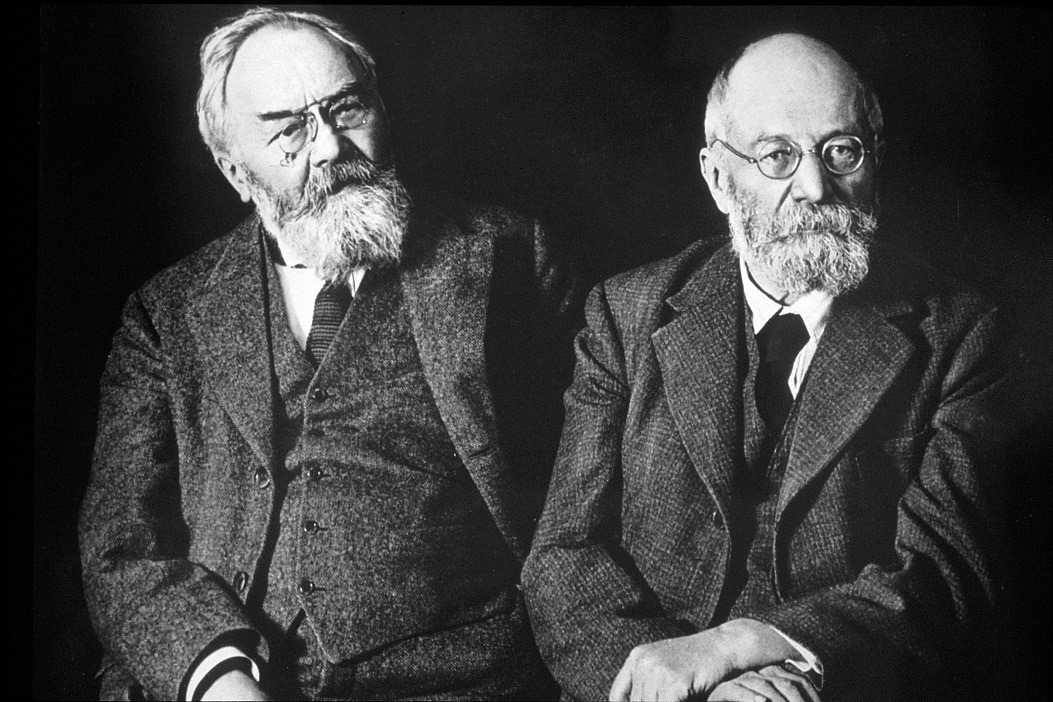
Brothers André and Édouard Michelin revolutionized tire technology. André, the eldest of the brothers, was born in 1853 in Paris, France. His younger brother Édouard was born six years later in 1859 in Clermont-Ferrand, France. Both brothers had aspirations of embarking on their own careers. André was a renowned engineer and Édouard showed great promise as an artist.
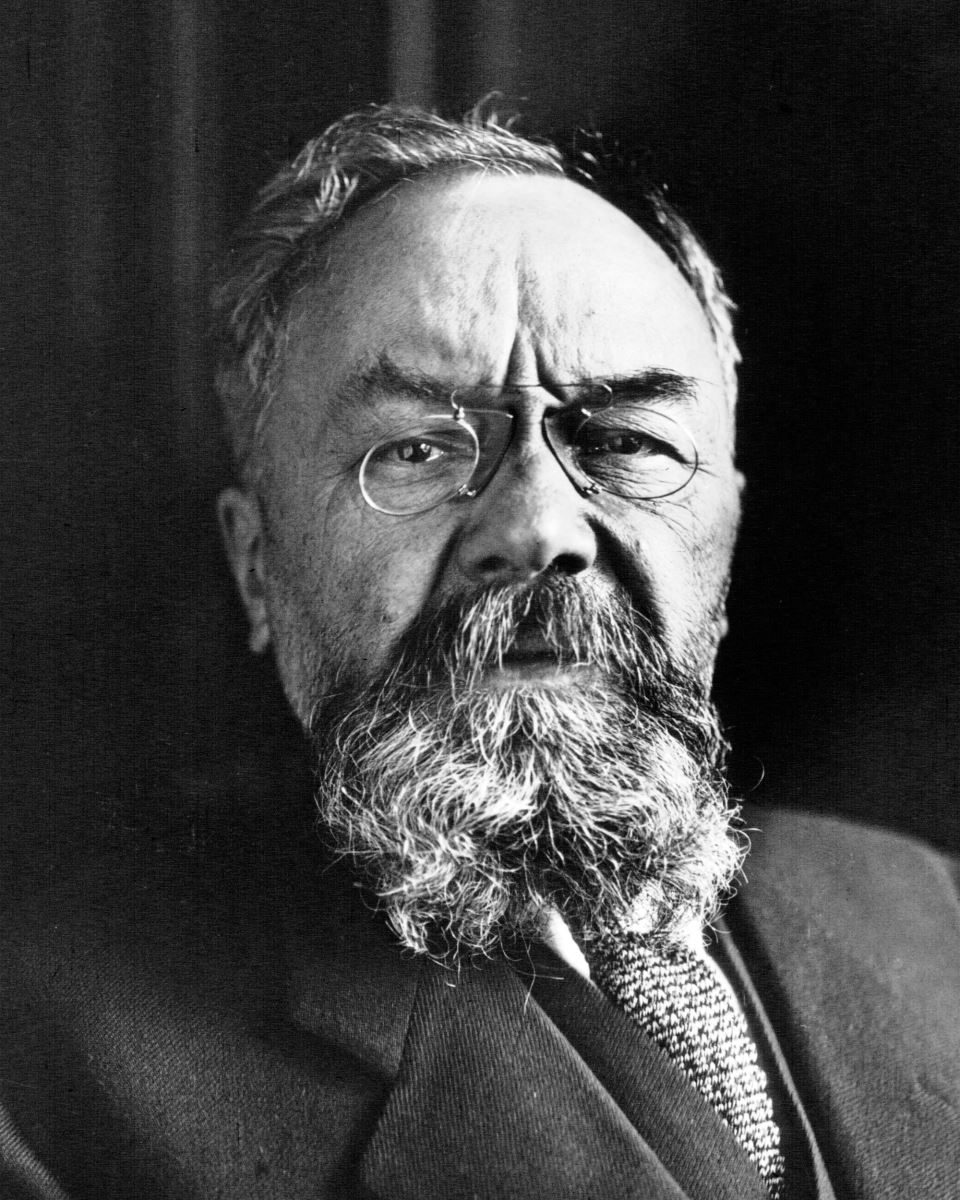
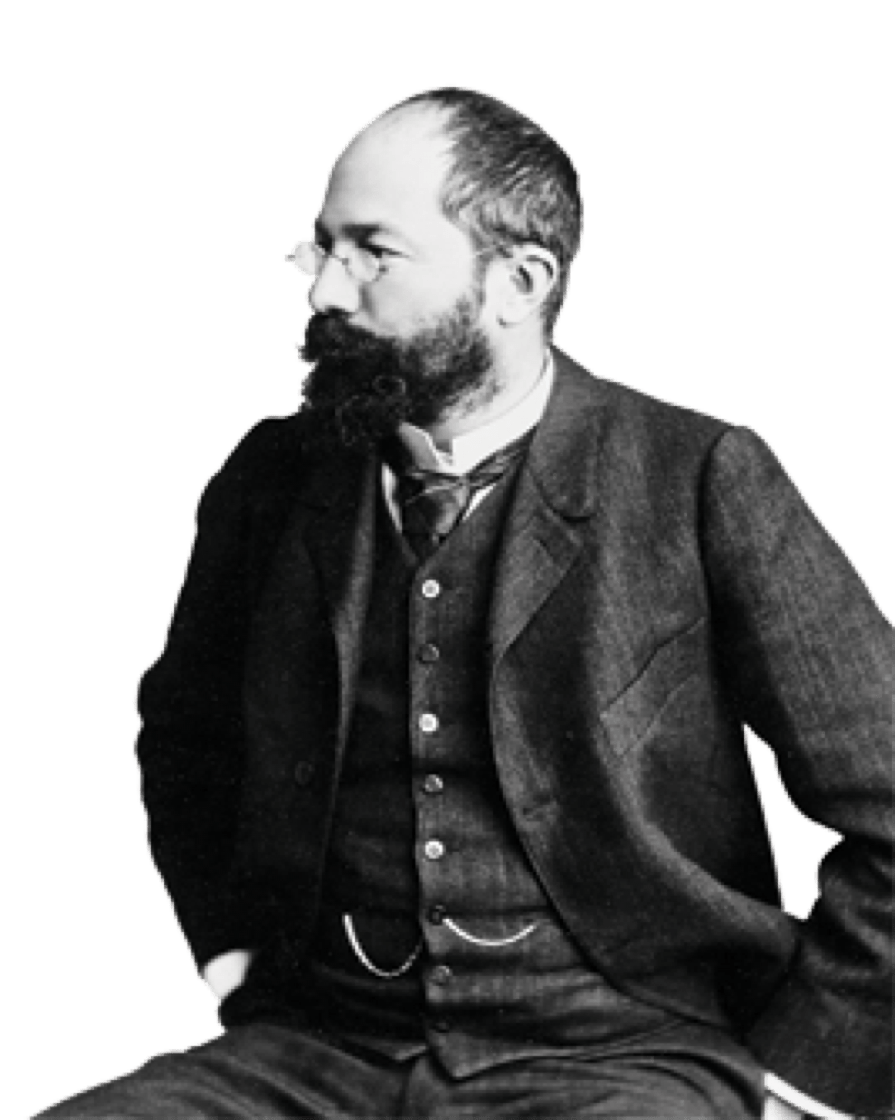
However, by the late 1880’s, both brothers decided to return to Clermont-Ferrand to revive their grandfather’s failing agricultural equipment company. The company, Michelin et Cie, had been in business since 1832 selling farm implements as well as vulcanized rubber products and was on the brink of bankruptcy. André assumed control of the company and later asked Édouard to join him as managing director. The brothers renamed the firm Michelin and Co.
Édouard oversaw manufacturing and research operations while André was responsible for management and sales. The brothers knew that in order to save the family company, they needed to diversify their business. However, neither one had the faintest idea where to start until they were approached by a cyclist in 1889.
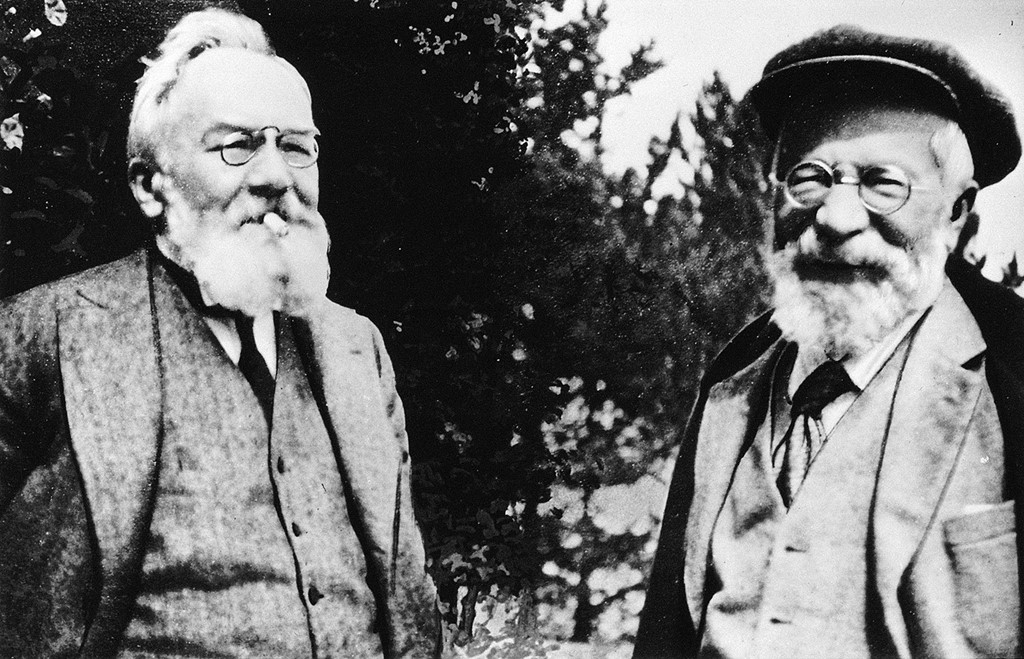
The cyclist had gotten a flat tire, a very common occurrence given road conditions of the day, and asked if the brothers could devise a better method to repair it. The common practice for mounting tires at the time was to glue them solidly to the rim. This made replacing them a lengthy ordeal that required special tools. Édouard believed there must be a better and faster way to attach a tire to a wheel, and developed several prototypes and concepts. In 1891, he was granted a patent for a detachable-pneumatic tire. Michelin’s invention was a substantial improvement on John Dunlop’s invention, and became instantly popular. The brothers soon realized that even greater growth was possible by adapting their invention to automobiles.
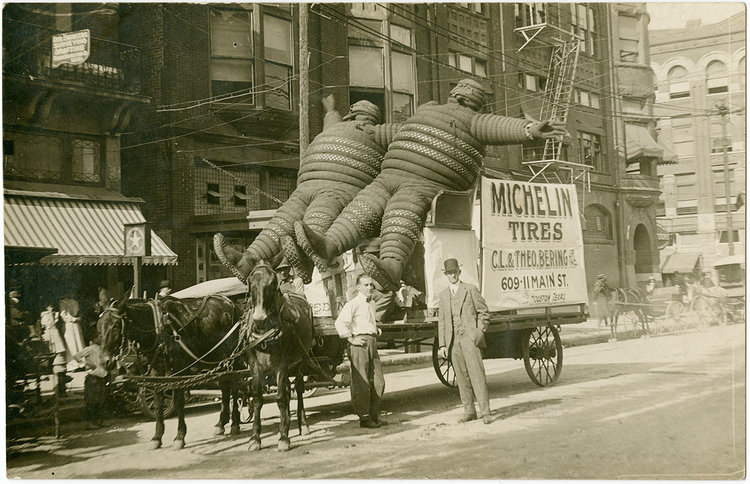
The Michelin Brothers’ soon became leading tire suppliers to the fledgling automotive industry, and even today Michelin is one of the largest and most respected tire suppliers in the world.
However, the success of the Michelin Brother lies on not only detachable-pneumatic tire invention but also another frenzy idea. At that time, the fledgling tire company struggled to survive in business market when driving was still considered luxurious, equivalently leading to a lack of buying tire demands.
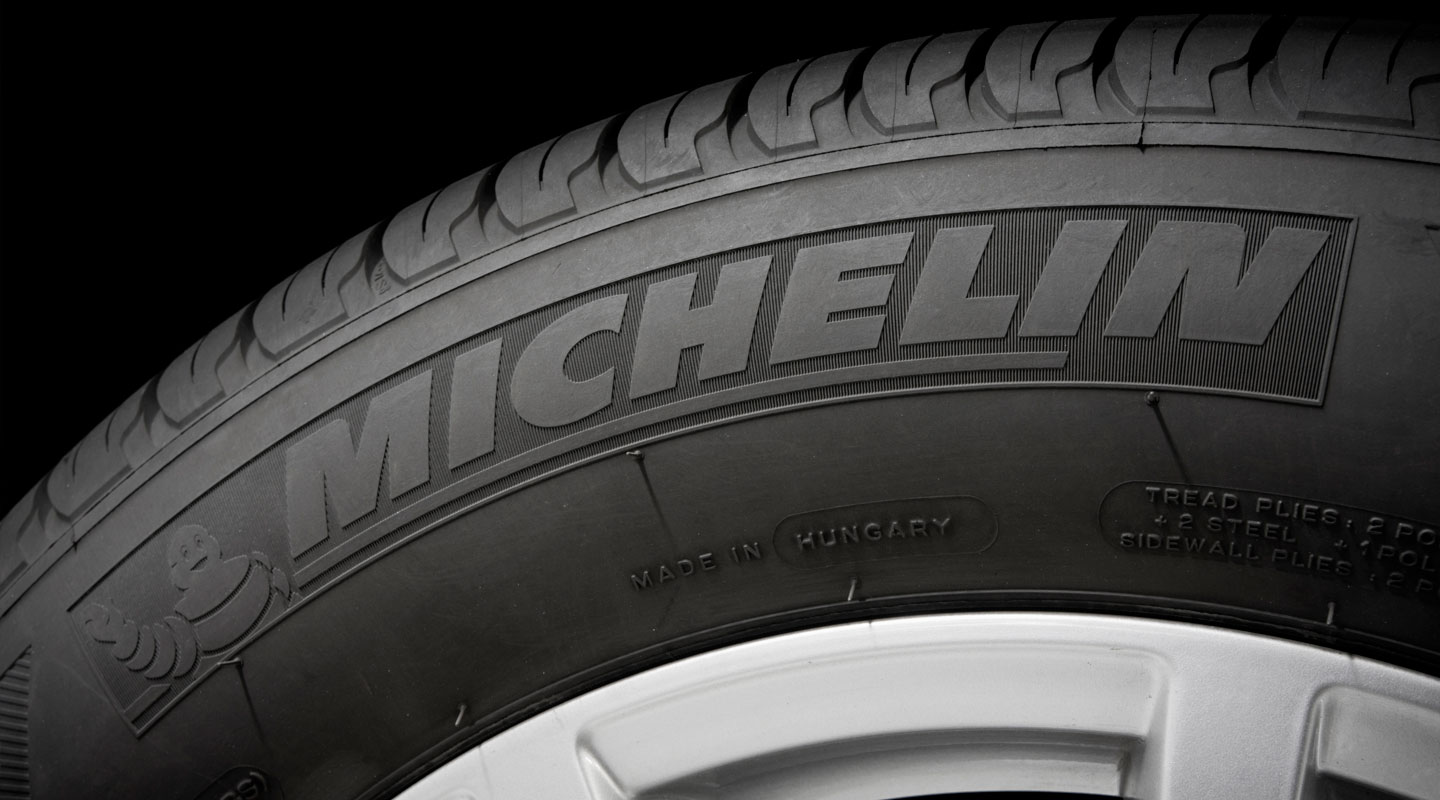
Michelin was deemed abnormal because there were more or less 2.200 driving cars at that time in France. In addition, most of the department stores in the region offered gasoline, driving by car in France became rare.
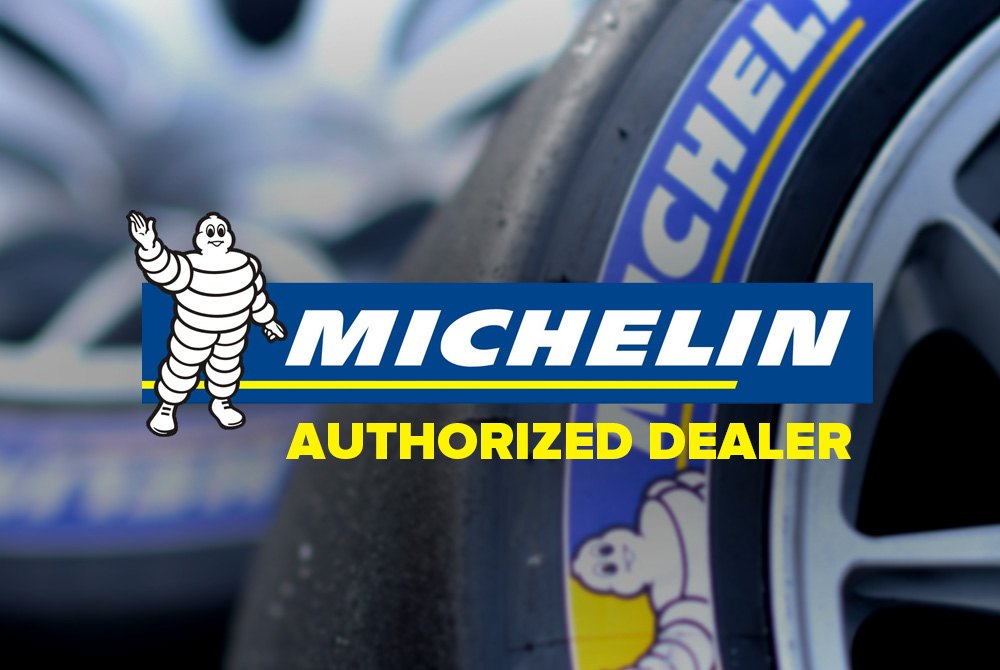
After one year of Michelin establishment, 35.000 Michelin handbooks were published and widely spread over France with a view to transforming the car industry market in customers’ mindset. The handbook outstandingly listed out many tourist attractions and interesting dining places. For drivers, the first edition was also very informative, including many instructions showing how to fix and change tire, as well as a list of gas stations nearby.
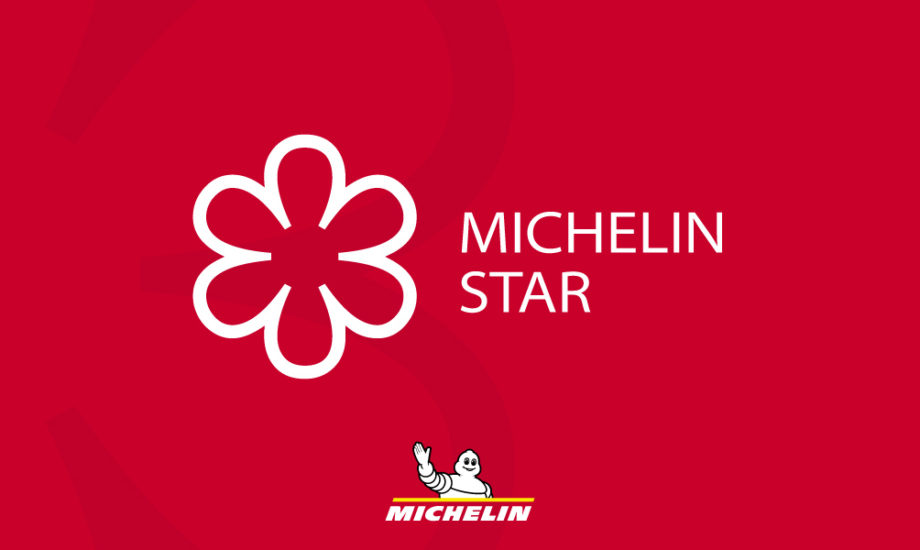
Printed in red color with a size fit in a palm, Michelin handbook was aimed to become a driver’s inseparable thing.
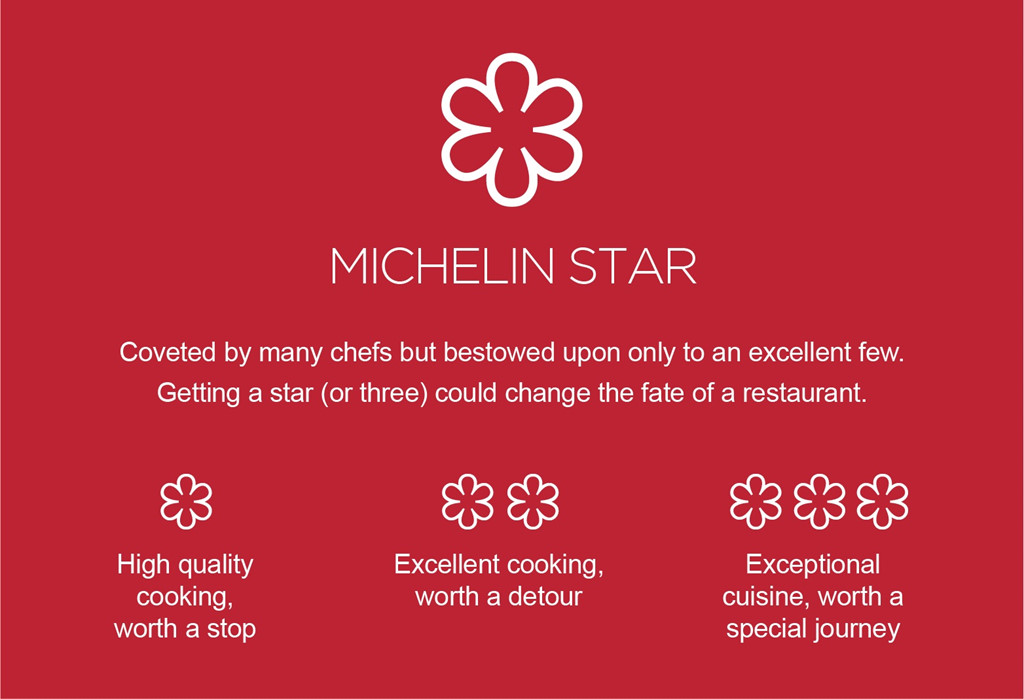
After a long time suspension of World War I – the first edition had been published free of charge after two decades, Michelin continued to launch a series of sample handbooks in 1920. However, the handbook costed 7 franc this time as the two was mad when many of their free handbooks were in wrong use.
Providing useful information and being the only handbook of its kind on the market, Michelin soon became an indispensable booklet for customers often traveling far away.
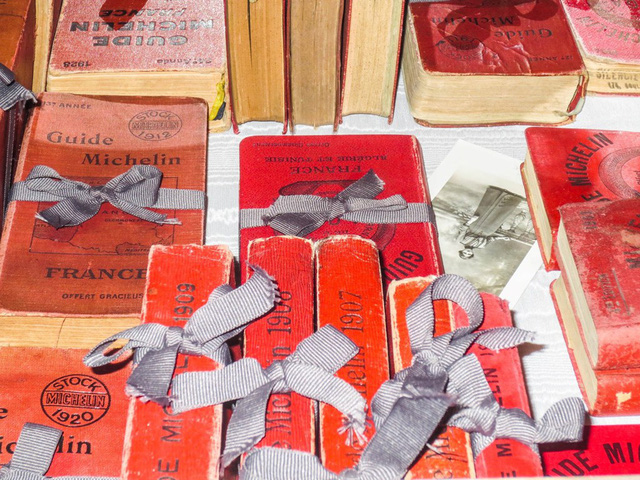
In 1926, Michelin initiated an idea of granting a star to upscale restaurants and high-quality dining places rated by diners.
The two brothers soon realized the “cuisine recommendation” section was selling like a hot cake, they decided to form a so-called “anonymous detective group” to secretly conduct an assessment for every restaurant in the region with the scale from 1 to 3 stars.
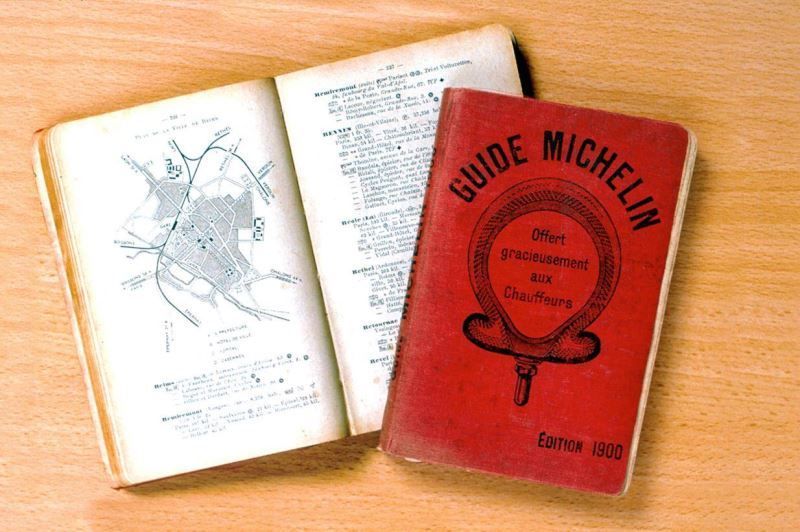
In 1933, there were 23 restaurants in France rated 3 stars, which triggered an intense competition among dining facilities in the country. After another suspension due to World War II, the reputation of Michelin has even become stronger as the different versions of handbook of each country in Europe were published. In 1951, the there-star rating system has officially been applied to many Europe countries, but the rating process was customized to increase the value of fancy restaurants.
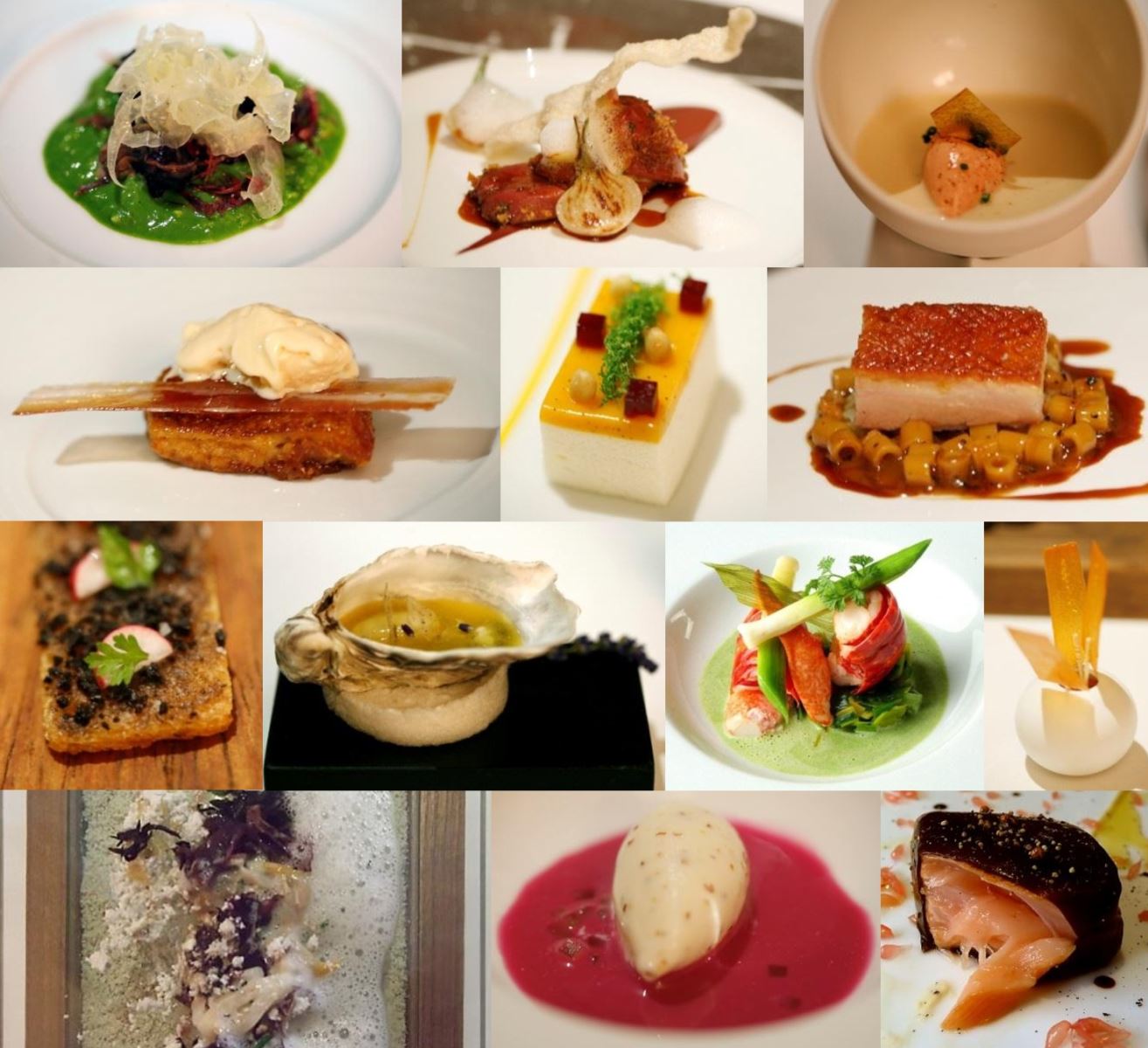
Despite being an international award, the number of restaurants achieving 3 stars has been just only 133 during 2018 and 2019. Due to its reputation, Michelin handbook has now been translated into many languages and gradually become a standardized measurement of cuisine in more than 30 nations.
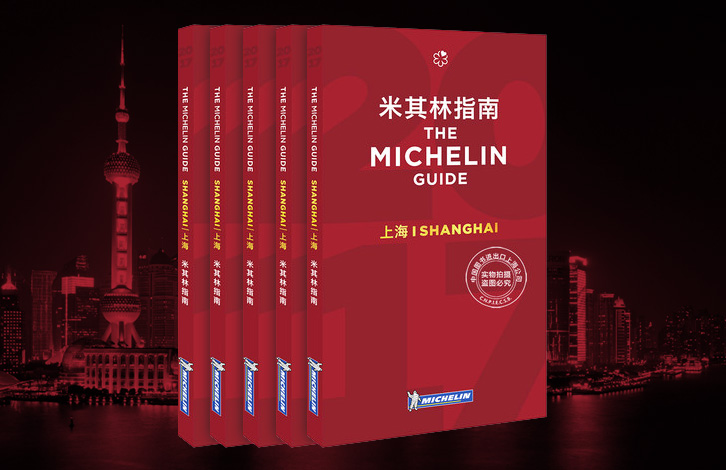
With more than 30 million copies having been sold out, Michelin handbook has been ranked in the top of the best selling handbook of all time.
By taking risk of investing into a different field, Michelin brothers have still admitted the success of Michelin star that brought to them. “Michelin star has really been a catalyst to the glory of Michelin tyre company. In another word, tire products are not interesting to customers”, according to Tony Fouladpour – President of Michelin Foreign Affair.
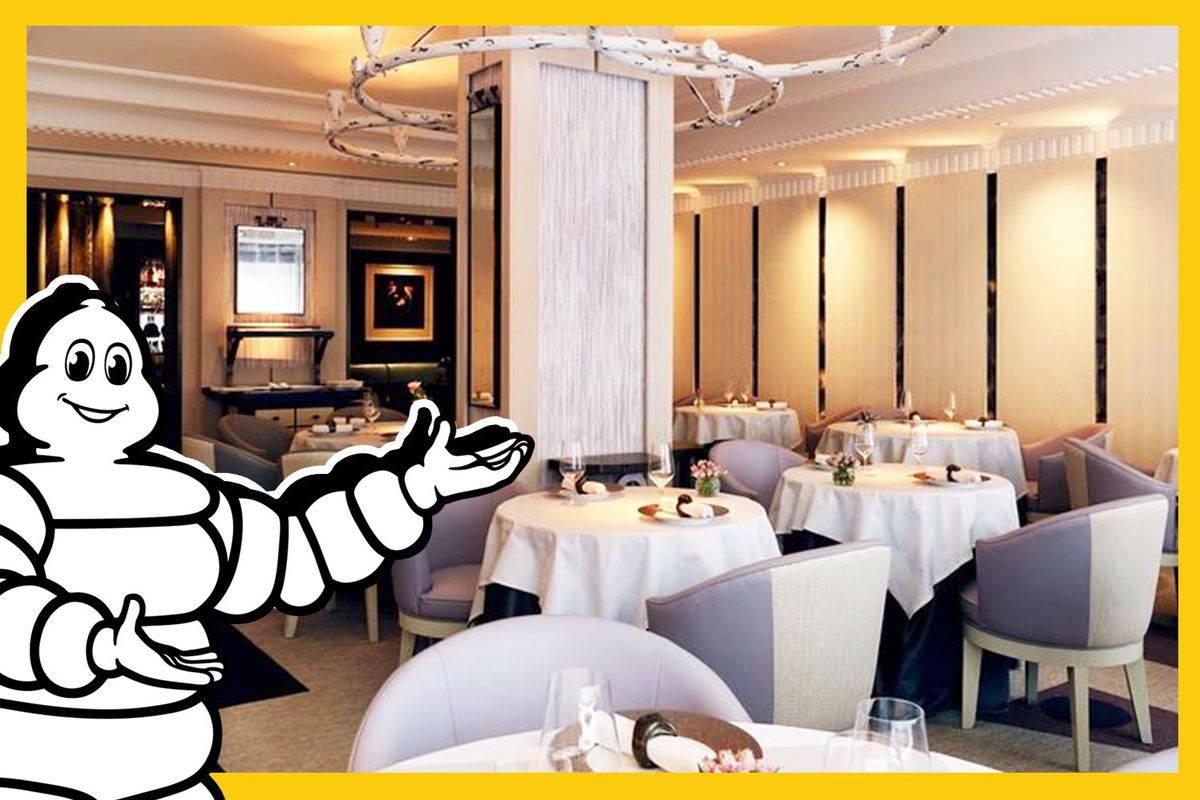
He added: “ It was Michelin star that tyre brand company has been widely known so far. Many deemed our handbook as a bible of gourmets.
According to automotivehalloffame











